As Women’s History Month continues, The Walking Classroom presents additional podcasts to explore in Part II of our blog post on this timely topic. Beyond the notable women who made their mark in science, medicine, and poetry, many other women made a difference in their own way. They were revolutionaries, literally and/or figuratively, standing up, speaking out, and paving the way for those who followed!
Standing Up (or Sitting Down) . . .
A true revolutionary, Deborah Sampson (4-#56, Complete-#67) made her mark in the Revolutionary War. She dressed as a man so she could serve in the Continental Army, and she did so for three years, enduring injury and illness as Robert Shurtliff.
Instead of standing up to fight, civil rights activist Rosa Parks (4-#65, Complete-#124) made the choice to sit down. Parks’ refusal to surrender her bus seat to a white passenger in December of 1955 led to a bus boycott that lasted for 381 days!
Speaking Out . . .
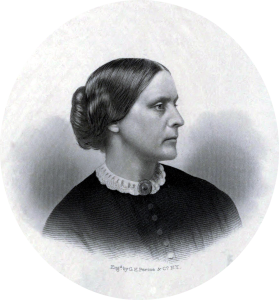 A suffragette in the late 1800s, Susan B. Anthony (4-#61, Complete-#95) worked for women’s rights for over thirty years, helping pave the way for women’s right to vote. The Nineteenth Amendment, which she had introduced in 1878, was ratified to the Constitution in 1920, fourteen years after her death.
A suffragette in the late 1800s, Susan B. Anthony (4-#61, Complete-#95) worked for women’s rights for over thirty years, helping pave the way for women’s right to vote. The Nineteenth Amendment, which she had introduced in 1878, was ratified to the Constitution in 1920, fourteen years after her death.
You can supplement your study of Susan B. Anthony by checking out Crusade for the Vote: Suffrage Resource Center.
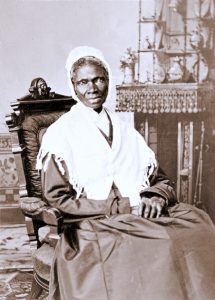 While Sojourner Truth (5-#51, Complete-#81) worked with abolitionists to end slavery, she believed strongly in women’s rights and civil rights for all. An excellent speaker, she travelled the country to tell her story. Her most famous speech, “Ain’t I a Woman?” presented at the Ohio Women’s Rights Convention in 1851, discusses slavery and women’s rights.
While Sojourner Truth (5-#51, Complete-#81) worked with abolitionists to end slavery, she believed strongly in women’s rights and civil rights for all. An excellent speaker, she travelled the country to tell her story. Her most famous speech, “Ain’t I a Woman?” presented at the Ohio Women’s Rights Convention in 1851, discusses slavery and women’s rights.
Paving the Way . . .
One of the most famous “conductors” along the Underground Railroad, Harriet Tubman (5-#50, Complete-#79) made a 90-mile journey to freedom in Philadelphia. Known as “Moses,” she then led slaves from the south to a life of freedom in the north.
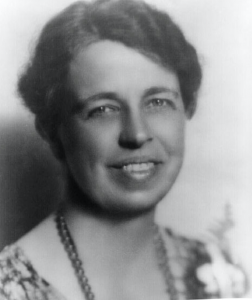 An active first lady who worked for human rights, Eleanor Roosevelt (5-#91, Complete-#120), endured a challenging childhood, having lost both parents before the age of ten. Eventually, she married Franklin Roosevelt. Together they raised six children.
An active first lady who worked for human rights, Eleanor Roosevelt (5-#91, Complete-#120), endured a challenging childhood, having lost both parents before the age of ten. Eventually, she married Franklin Roosevelt. Together they raised six children.
She supported her husband in his illness and political career, traveling around the country and abroad. After his death, she continued in her efforts. She represented the United States at the United Nations, thus helping to write the Universal Declaration of Human Rights.
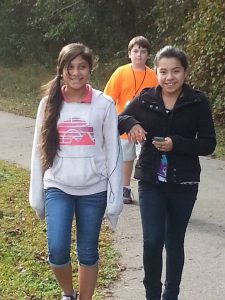 and Explore Some More . . .
and Explore Some More . . .
Now that your students have met an array of amazing women, it might be interesting to culminate with an interview project. This study could have them focusing on significant women in their own lives.
And . . . resources for continued exploration during Women’s History Month are not lacking! Take a virtual field trip to the National Women’s History Museum, and visit exhibits of your choice online. Here are just a few:
- Parading for Progress
- Timeline: World War I
- Breaking In: Women in Science, Technology, Engineering, and Mathematics
Learn about other timely topics and be on the lookout for more ideas in future posts.


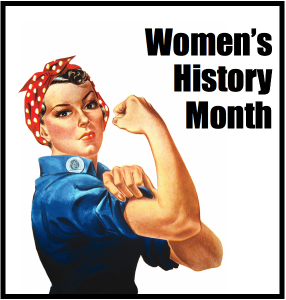
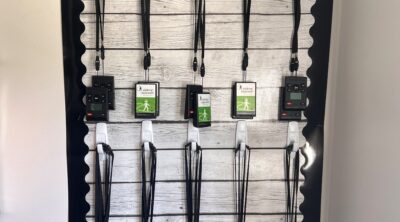
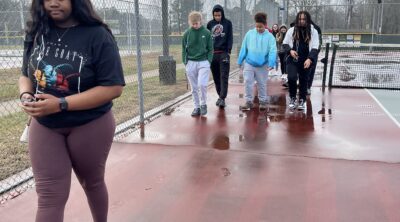

Leave a Reply